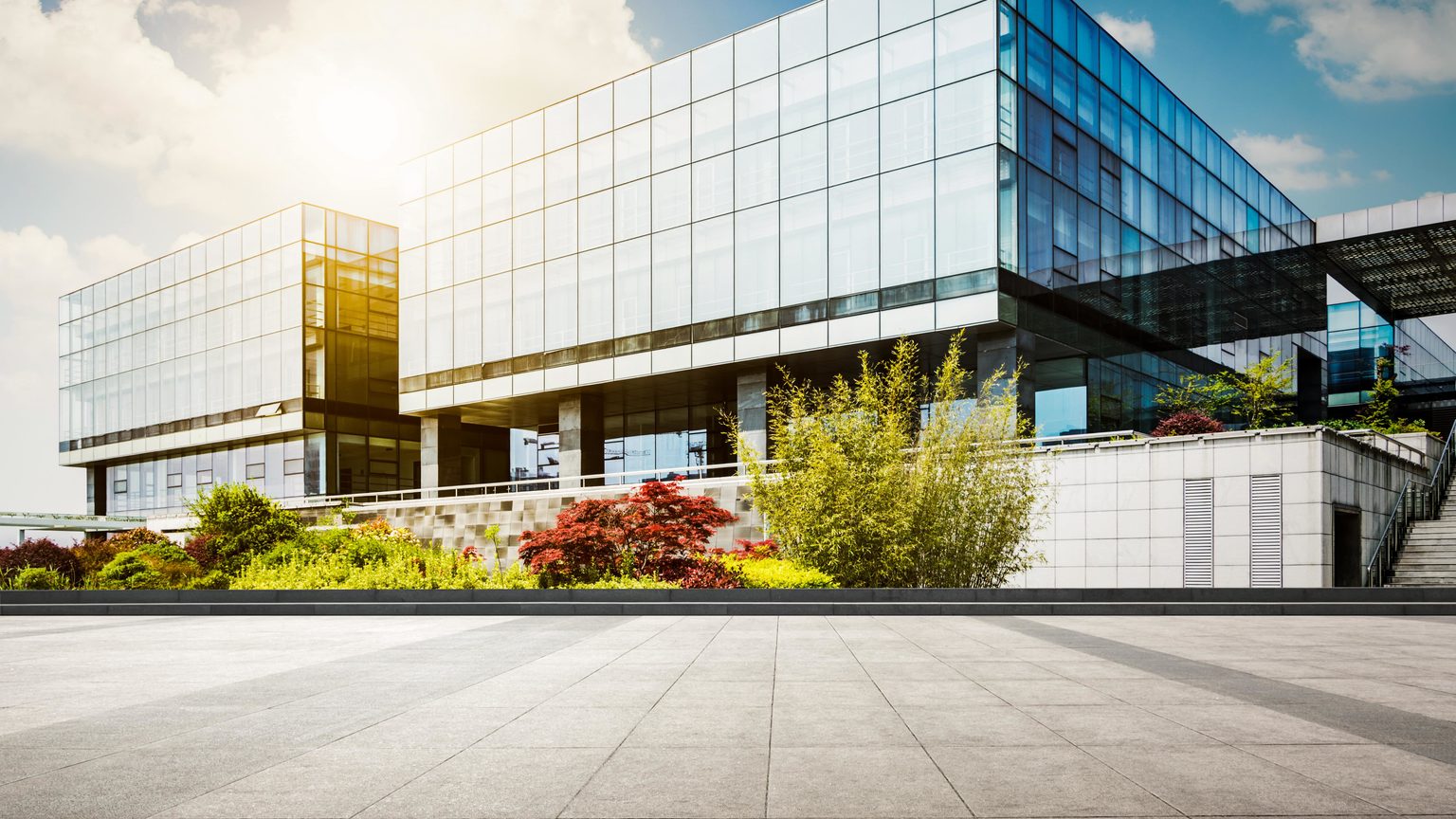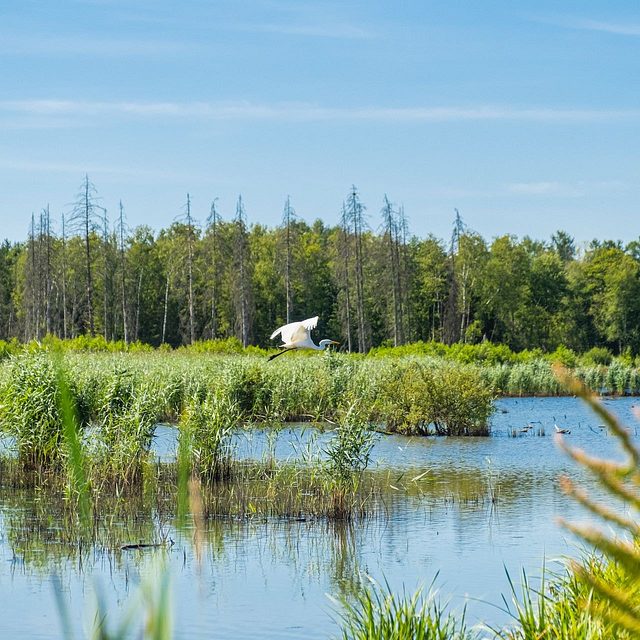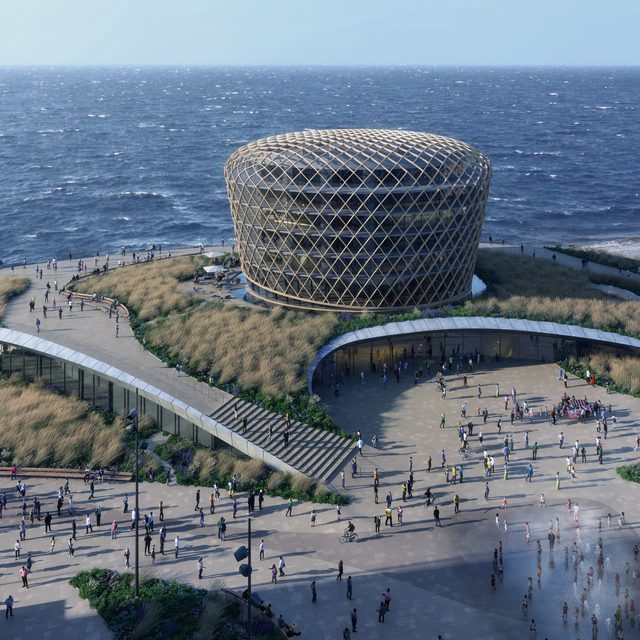
The environmental challenges of hospital buildings
About
On Thursday 7 October 2021, the 3rd AFTSH conference entitled "The environmental challenges of hospital buildings horizon 2030 - 2050" took place at the Bois du Casier in Marcinelle, Belgium. It was a great success for the organisation, not only because of the turnout but also because of the quality of the presentations and speeches made during the networking breaks. VK architects+engineers was present.
These are healthy frustrations. They will push us to do things differently - that is my firm conviction.
Milena Bruyninckx
project engineer sustainable design, VK architects+engineers
by dr. ir. arch. Milena Bruyninckx, project engineer Sustainable Design
Amongst the various speakers, civil engineer-architect Simon Ossieur, project director for VK, presented the project University Hospital Ghent with the cooperation of Mr Geert De Waele, facility manager of University Hospital Ghent. I had the opportunity to share the results of my doctoral thesis "Towards a sustainability assessment of hospital buildings in Flanders".
The morning started with presentations on well-known facts: the old and inefficient real estate in Belgium, the fact that renovation only reduces energy consumption with 1% (while that 3% is much needed - a real challenge), the new European directives to accelerate the energy transition, the RENOLUTION strategy in Brussels, the different tools available for renovation, the Walloon building renovation strategy (Walloreno), etc.
It is important that the European Green Deal encourages us to reduce our CO2 emissions by more than 50% by 2030, that our public buildings are renovated, and that companies of 500+ people have to include a carbon footprint in their annual report. We are moving towards a circular economy and the efforts will be the highest for hospitals!
Around noon, we focused on what is happening in the north of the country: the new VIPA certification (mandatory in Flanders for subsidies for healthcare projects - GRO Addendum), the project University Hospital Ghent, and whether carbon neutrality in the healthcare sector is not so much utopian, but a reality that should be integrated into new projects on time - meaning now. The afternoon was reserved for the concrete results of the environmental impact of a hospital building, as well as the CO2 emissions of care and treatment supplies for patients, and a new way of defining tendering criteria and performance requirements for more sustainable public procurement in healthcare institutions (Primum non nocere).
At the end of the conference, an obstetrician and gynaecologist reminded us that human well-being is endangered by a permanent exposure to endocrine disruptors, with serious consequences for our health - consequences that are passed on from generation to generation. And finally, we looked at what already exists in France to collaborate on solutions for more sustainable healthcare (https://achatspublicsdurables....).
Although condensed into one day the AFTSH-conference, with 13 speakers from different professions, buzzed with the exchange of information. Questions were asked and reintroduced in the debate, the lack of a clear vision on how to reach the 2030 and 2050 goals was brought up, as well as existing research (or the lack of it). Is it necessary to humidify/dehumidify the air in a hospital? Do technical installations have to run all the time? What is the benchmark for a hospital building in terms of environmental impact? How can we reduce electricity consumption in a hospital while medical equipment is constantly evolving and keeps on burning energy? Can these requirements be included in hospital tender specifications? What type of wastewater treatment should be used in a hospital? What building materials are to be used for the health and well-being of people? I have the impression that renovations are ongoing all over the place without knowing where to go. Everyone is busy in a corner, but when are we all (all stakeholders) going to sit around the table and solve this problem together?
This was just a small list of questions that arose. At the end of the day, I had the impression that a certain frustration had manifested itself. The interim-conclusion was frightening: we are not going to meet the 2030 goals! And how can we actually, with no norms, no standards, no laws that define the exact number of CO2 emissions that healthcare as a sector must not exceed? The other frustration that came to light: Belgium is lagging behind in comparison with neighbouring countries. We have 10 years to reach the 2030 goals. False! We have only 8 years left and still hospitals are being built that are not ready for what the future will bring.
These are healthy frustrations. They will push us to do things differently - that is my firm conviction.
Change will not come if we wait for another person or another time. We are the ones we are waiting for. We are the change we are looking for. Primum non nocere.
Other interesting articles

Creating a Sustainable Future: The Role of Biodiversity on International Biodiversity Day

Thinking of others during the holiday season

